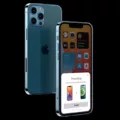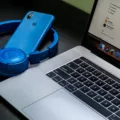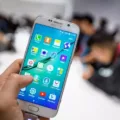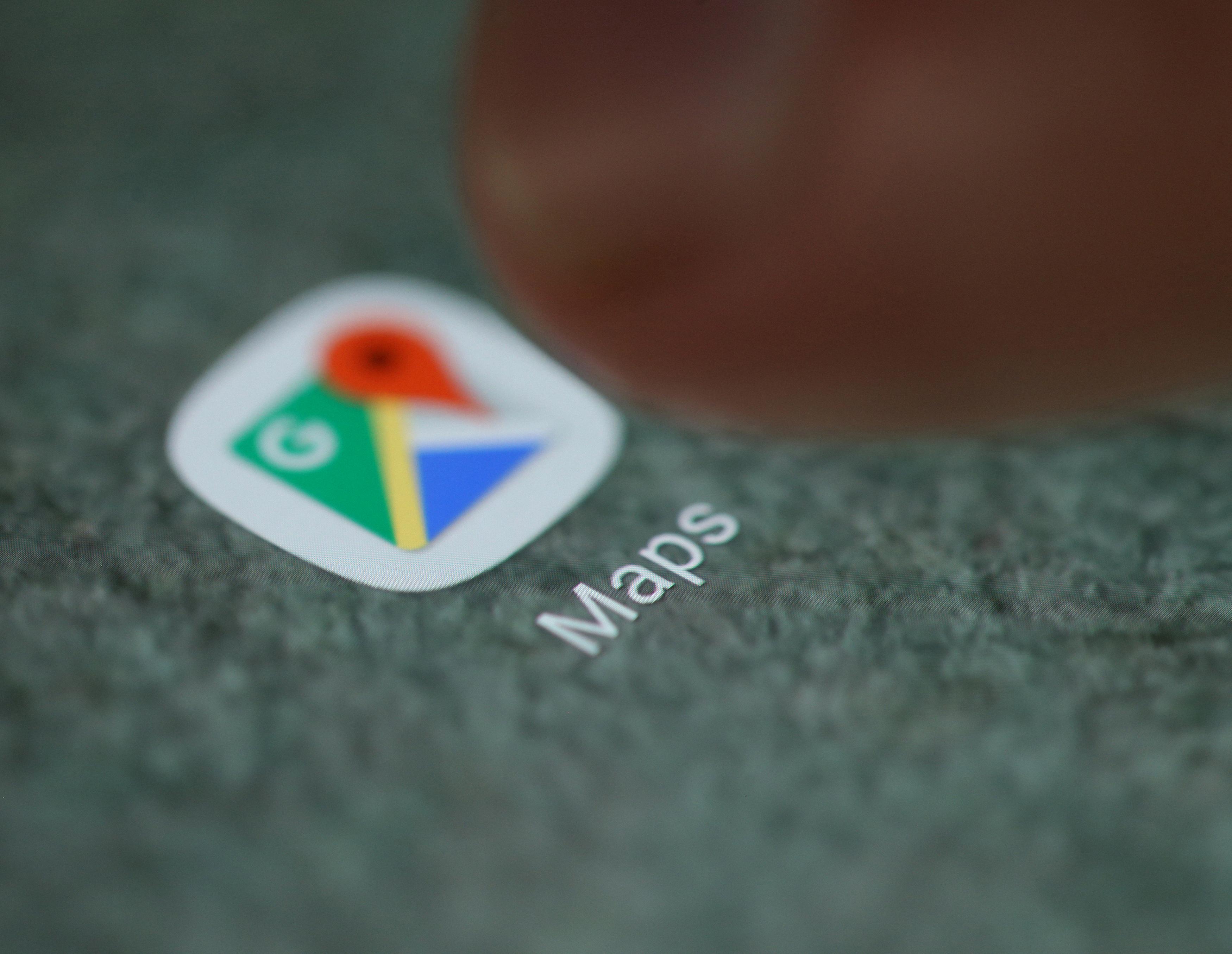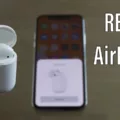
Wi-Fi Direct isn’t something Macs natively support, but that doesn’t mean wireless connections are out of reach. Apple has built its own ecosystem of seamless alternatives like AirDrop for quick file transfers and AirPrint for easy, driver-free printing. Unlike Wi-Fi Direct, which lets devices connect directly without a router, macOS relies on different methods to achieve similar results.
For those looking to connect a Mac to Wi-Fi Direct-enabled devices, workarounds exist—though they aren’t quite the same. Internet Sharing can create a local network for wireless communication, but it won’t fully replicate Wi-Fi Direct’s capabilities. With newer macOS versions removing the “Create Network” option, setting up direct connections has become trickier.
What Is Wi-Fi Direct and How Does It Work?
Wi-Fi Direct makes it easy for devices to connect directly without relying on a router or internet connection. Think of it as a private handshake between devices, letting them communicate instantly for tasks like printing, file sharing, and screen mirroring.
Sending a document to a Wi-Fi Direct-enabled printer or sharing files between devices happens quickly, without extra setup. Screen mirroring also becomes effortless, allowing content to be displayed on compatible screens without lag.
Mac Wi-Fi Direct support works a little differently. Unlike other devices, macOS doesn’t offer native Wi-Fi Direct, but it provides smart alternatives. With AirDrop, file transfers between Apple devices feel just as seamless, and AirPlay allows for smooth screen mirroring.
These features make it possible to connect Mac without internet, ensuring Wi-Fi Direct file transfer-like capabilities while keeping communication between devices fast and secure. While not traditional Wi-Fi Direct, these tools get the job done with the same ease and convenience.
How to Enable Wi-Fi Direct on Your Mac
The process begins by opening System Preferences and selecting the Sharing option. From there, enabling Internet Sharing is key. A non-Wi-Fi connection, such as Ethernet or Bluetooth, should be selected as the source, while Wi-Fi is chosen as the shared network.
After that, the Wi-Fi Options menu allows for setting up a network name, selecting a channel, and securing the connection with a WPA2 Personal password. Once Internet Sharing is activated, a green indicator confirms that the network is live and ready for use.
To connect a Mac to Android Wi-Fi Direct, the Android device’s Wi-Fi Direct network settings should be accessed. The newly created network from the Mac will be visible in the list of available connections. Selecting it and entering the password establishes the link between the devices.
With a stable connection, transferring files between them becomes seamless. Enabling File Sharing on the Mac further simplifies this process. This involves selecting the File Sharing option in System Preferences, adding specific folders to share, and adjusting user permissions accordingly.
A file manager app on the Android device that supports network sharing can then be used to access those shared folders directly. This setup essentially replicates Wi-Fi Direct functionality, offering a practical and efficient way to transfer files without needing an external Wi-Fi network.
Connecting a Mac to a Printer Using Wi-Fi Direct
You first need to verify that the printer enables Wi-Fi Direct functionality, and this information exists in the printer manual or settings documentation. The next step is enabling Wi-Fi Direct on the printer’s settings system.
The setup procedure differs between models, but typical printers display their Wi-Fi Direct network name with “DIRECT” with the printer-specific model as the suffix. The Mac requires connectivity to the network through the menu bar by choosing the Wi-Fi Direct connection of the printer through its displayed Wi-Fi icon.
You can then proceed with printer addition after creating the Mac connection. Opening System Preferences allows you to access the Printers & Scanners list where the Wi-Fi Direct printer should display itself for selection. The printing setup becomes complete by clicking the + button followed by the selection of the printer and its subsequent addition.
Printing can now be done by selecting the Wi-Fi Direct printer from the print dialog, ensuring the Mac stays connected to the printer’s Wi-Fi Direct network during the process.
Using Wi-Fi Direct for File Transfers Between Mac and Other Devices
The process of wirelessly transferring files from a Mac to other devices is straightforward with appropriate methods. The Wi-Fi Direct feature is not built into macOS but you can use alternative methods to accomplish the same functionality.
The creation of a computer-to-computer (ad-hoc) network on a Mac functions as a way to directly link to Android devices. Through the Wi-Fi icon, you can create a new network, which will be accessible to Android devices under their Wi-Fi settings.
You can use the connected devices with AirDroid or Feem applications to transfer files between devices without depending on USB cables or third-party cloud services.
This method serves well to transfer photos files and large video content between devices without being dependent on the internet speed.
Windows PC users will achieve better sharing results between connected devices that are both on the same Wi-Fi network. Macs offer a built-in file-sharing capability which becomes accessible in System Settings under the Sharing section. Users of Windows platforms can reach the Mac’s shared folders through File Explorer after enabling File Sharing with SMB selection.
You can drag files between different systems using this direct method for wireless transfer of Mac files to PC systems without requiring any additional programs or complicated setup processes.
Smart TV users can easily share content through an alternative method that is still as simple as other sharing processes. Screen mirroring functionality exists in numerous TVs today and Apple users specifically benefit from using AirPlay for a smoother experience. The screen becomes instantly mirrored through AirPlay after enabling it between Mac and the TV by selecting the AirPlay icon in the menu bar.
Whether it’s watching a movie, showing off a slideshow, or giving a presentation, Mac Wi-Fi Direct screen sharing makes it easy to display content without cables or additional devices.
Troubleshooting Wi-Fi Direct Issues on Mac
Running into Wi-Fi Direct not working on a Mac can be frustrating, especially since macOS doesn’t natively support it. But there are ways to fix Wi-Fi Direct issues and get things running smoothly.
When the Mac isn’t detecting Wi-Fi Direct devices, checking if Wi-Fi is enabled and setting up a computer-to-computer (ad-hoc) network can help establish a connection. If the connection keeps dropping, interference from nearby devices could be the problem—moving closer to the other device or reducing interference from routers and Bluetooth gadgets can make a difference.
File transfers refusing to go through? Both devices need to be on the same Wi-Fi Direct network, and using the right file-sharing apps can improve stability.
Conclusion
Although Macs lack Wi-Fi Direct functionality, Apple’s built-in alternatives provide similar functionality. Portable file transfers occur through AirDrop, and AirPrint takes care of printing without any extra cables and AirPlay executes screen mirroring instantly.
The setup procedure is quick, along with the simple troubleshooting process that becomes achievable by following correct instructions. The smooth operation of all system features enables you to send files and print documents easily.


